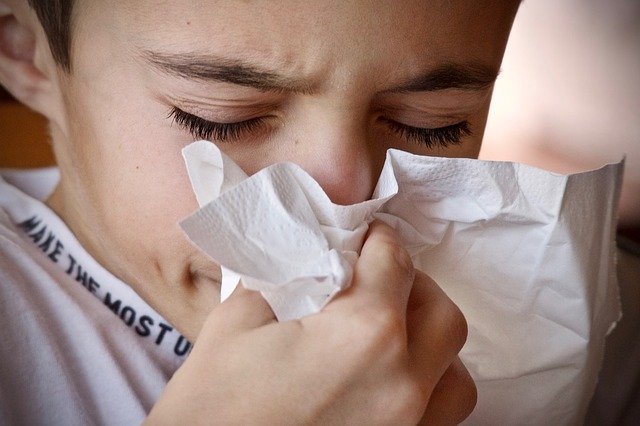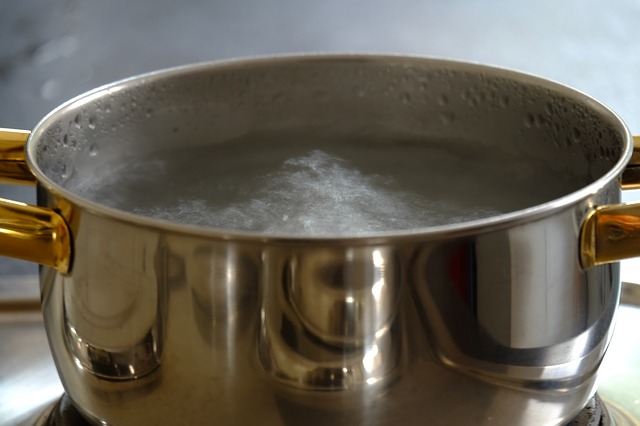Inhalation for coughs and colds, things to note
Regular inhalation of water vapor is suitable only for the sinuses and upper respiratory tract. Water vapor does not reach the solid mucus of the bronchi, where it is difficult to cough, because drops of water vapor are too large. Here, isotonic or hypertonic salt solutions with special equipment are recommended.

How to suck water vapor
When inhaling water vapor, the upper respiratory tract is released.
-
First, boil 500 ml of water for 2 minutes to kill possible bacteria.
-
Then pour water into the bowl.
-
Bend your head over the water, alternately gently and deeply inhale the steam from the mouth and nose. If the steam is still too hot, wait a few more minutes.
-
To increase strength, you can put a towel over the head and a bowl.
-
In the cold, it can be inhaled up to 1-3 times a day for up to 10 minutes.
Make sure that the bowl is firmly on the table, and the towel rests only slightly on the head. If the bowl falls, it can quickly lead to severe burns. Therefore, young children should inhale steam only under supervision.

Inhalation for colds and coughs: salt or essential oil.
Eucalyptus, peppermint, pine oil, many herbal remedies help with colds and are often used instead of salt for inhalation. However, energy oils can irritate the eyes. Essential oils can also cause respiratory stress in asthma patients and children. Therefore, you should prefer to use herbs such as chamomile.
Also, the solution kitchensalts is recommended for inhalation, but not for inhalation of steam in the pan. Since salt has a much higher boiling point than water, water vapor does not contain salt particles. The salt remains in dissolved form in water or dries again to become a solid component.
Saline only works with a nebulizer.Isotonic or hypertonic saline is effective as moisturizing or mucosal healing, but only through spray saline, such as an aerosol. For this it is necessary to resort to specially developed nebulizers.
.